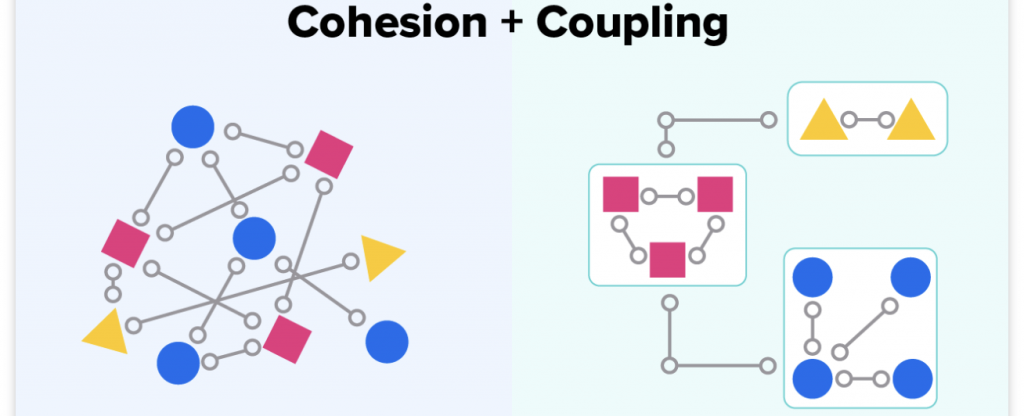
In a Microservices architecture, service discovery and registration are essential components for enabling communication between services. The primary goal is to allow services to locate and connect with each other dynamically, without hard-coding specific endpoints or configurations. Here are some Read More …









